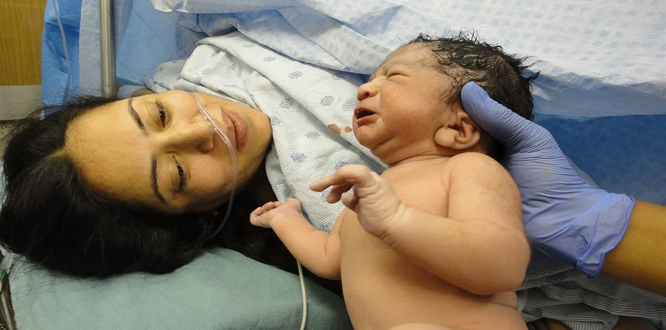Vaginal microbiota stability over 18 months in young student women in France
Résumé
Purpose. Non-optimal vaginal microbiota lacking lactobacilli and comprising a wide array of anaerobic bacteria, typified by community state type (CST) IV, have been associated with adverse gynecological and pregnancy outcomes. Here, we investigate the stability of the vaginal microbiota sampled every 6 months over 18 months and how samples distantly collected combined with exposures could provide insight on future microbiota compositional changes.
Methods. Vaginal microbiota dynamics were analyzed in 241 female students aged 18-24 years and negative for Chlamydia trachomatis and Neisseria gonorrhoeae. The vaginal microbiota was characterized using 16S rRNA gene amplicon sequencing and assigned to CSTs. Vaginal microbiota longitudinal profiles were determined through hierarchical clustering.
Results. At baseline, 11.2% of participants had a CST IV, 40.5% a CST I (Lactobacillus crispatus-dominated), and 38.1% a CST III (Lactobacillus iners-dominated). A total of 345 CST transitions were observed over the study period. Pain during sexual intercourse was associated with a higher probability of transition from CST III to CST IV, while self-reported yeast infection was associated with a higher probability of transition from CST IV to CST I. Over the study period, 32.0% participants displayed a stable CST trajectory. Composition of the vaginal microbiota of a single sample predicted with good accuracy the CST trajectory over the following 18 months.
Conclusion. Vaginal longitudinal CST patterns over 18 months could be clustered into three main groups of trajectories. Performing molecular characterization at a single time point could contribute to improved preventive care and optimization of young women’s reproductive and sexual health.



